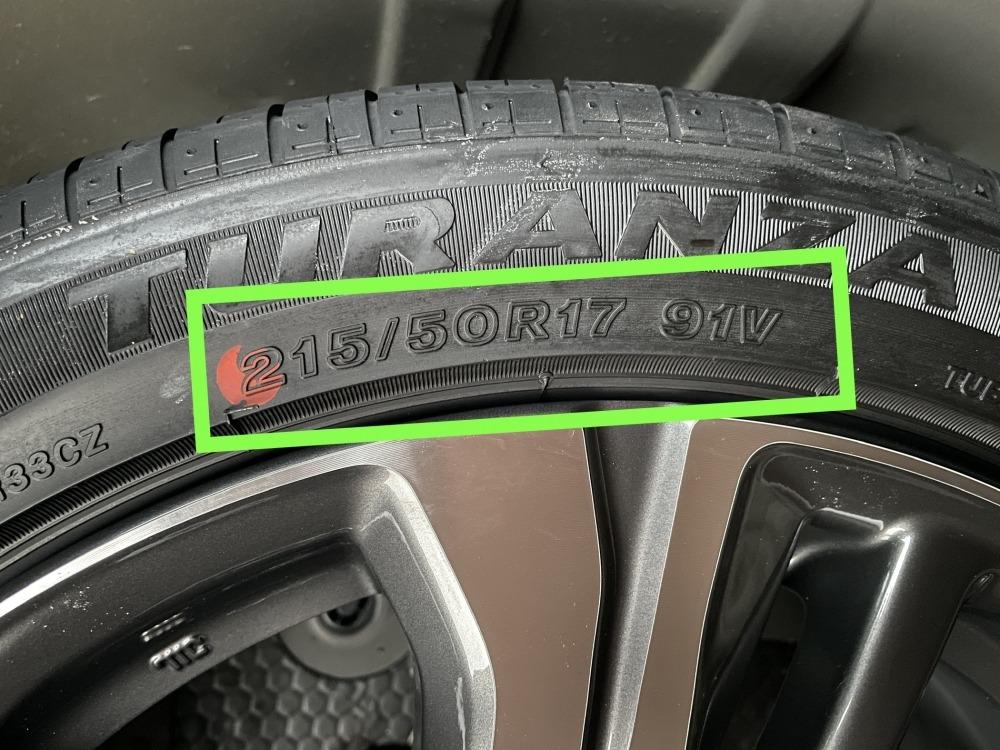How to Know Your Tire Size: A Comprehensive Guide
When it comes to buying new tires for your car, knowing the correct tire size is crucial to ensuring good performance and safety on the road. In this blog, we will show you how to read and understand tire size easily.
1. Understanding the Components of a Tire Code
You can find the tire size information written on the tire sidewall itself. This code consists of a series of numbers and letters such as: P215/65R15 95H. Let’s break down these codes:
- P: Indicates the type of vehicle the tire is used on. For example:
- P: Passenger car.
- LT: Light Truck.
- ST: Special Trailer.
- 215: The width of the tire in millimeters from side to side. In this case, the width of the tire is 215 mm.
- 65: The aspect ratio. This ratio means that the height of the sidewall of the tire is equal to 65% of its width.
- R: Indicates the type of internal construction of the tire. In this case, R means that the tire is designed with radial technology, which is the most common type in modern tires.
- 15: The diameter of the rim in inches. This number should match the size of the wheel (rim) used on your vehicle.
- 95: The load index. Each number represents the maximum weight that the tire can support.
- H: Indicates the maximum permissible tire speed. For example, H means that the tire can support a speed of up to 210 km/h.
2. Where to find the tire size?
You can find the tire size in several places:
- On the tire wall itself as mentioned.
- Inside the car manual.
- On a sticker located inside the driver's door or on the fuel tank cap.
3. The importance of choosing the right size
Using the wrong tire size can lead to performance problems, such as increased fuel consumption, reduced stability on the road, or even steering and braking problems. Therefore, it is essential to stick to the size recommended by the manufacturer.
4. Additional notes
- You may need to change your tires depending on the driving conditions or the type of road you are driving on (winter tires, off-road tires).
- Always remember to replace all tires at the same time, or at least avoid putting tires of different sizes or types on the same axle.
Conclusion
Knowing your tire size and details is essential for every car owner. It ensures optimal performance and fuel efficiency, and contributes to improved driving safety. If in doubt, it is always best to consult your vehicle manual or consult a tire expert.


